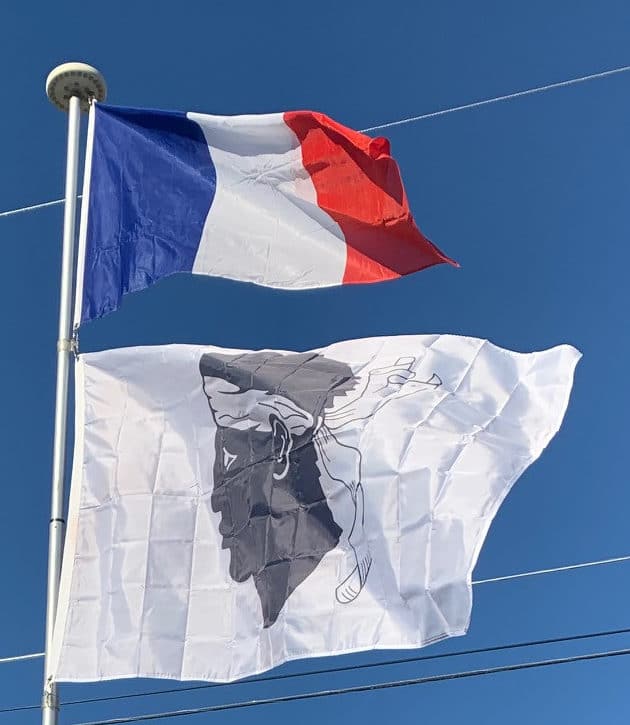In 2013, Corsica hosted the first three stages of the 100th Tour de France, which passed through the island for the first time in the event’s 110-year history.
Geography:
Corsica was formed about 250 million years ago with the uplift of a granite backbone on the western side. About 50 million years ago sedimentary rock was pressed against this granite, forming the schists of the eastern side. It is the most mountainous island in the Mediterranean, a “mountain in the sea”.
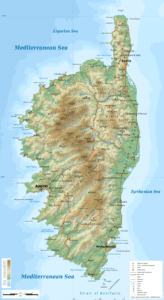
It is also the fourth-largest island in the Mediterranean, after Sicily, Sardinia and Cyprus.
It is 183 km (114 mi) long at longest, 83 km (52 mi) wide at widest, has 1,000 km (620 mi) of coastline, more than 200 beaches, and is very mountainous, with Monte Cinto as the highest peak at 2,706 m (8,878 ft) and around 120 other summits of more than 2,000 m (6,600 ft).
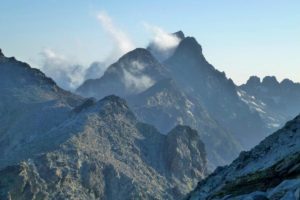
Mountains comprise two-thirds of the island, forming a single chain. Forests make up 20% of the island.
About 3,500 km2 (1,400 sq mi) of the total surface area of 8,680 km2 (3,350 sq mi) is dedicated to nature reserves (Parc naturel régional de Corse), mainly in the interior. Corsica contains the GR20, one of Europe’s most notable hiking trails.
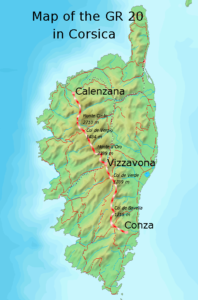
The island is 90 km (56 mi) from Tuscany in Italy and 170 km (110 mi) from the Côte d’Azur in France. It is separated from Sardinia to the south by the Strait of Bonifacio, which is a minimum of 11 km (6.8 mi) wide.
Economy:
The Gross domestic product (GDP) of the region was 9.6 billion euros in 2018, accounting for 0.4% of French economic output. GDP per capita adjusted for purchasing power was 25,400 euros or 84% of the EU27 average in the same year. The GDP per employee was 103% of the EU average.
Tourism plays a big part in the Corsican economy. The island’s climate, mountains, and coastlines make it popular among tourists. The island has not had the same level of intensive development as other parts of the Mediterranean and is thus mainly unspoiled. Tourism is particularly concentrated in the area around Porto-Vecchio and Bonifacio in the south of the island and Calvi in the northwest.
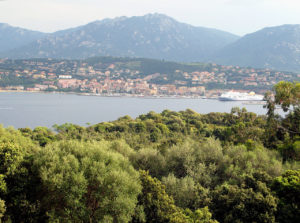
In 1584 the Genoese governor ordered all farmers and landowners to plant four trees yearly; a chestnut, olive, fig, and mulberry tree. Many communities owe their origin and former richness to the ensuing chestnut woods. Chestnut bread keeps fresh for as long as two weeks. Corsica produces gourmet cheese, wine, sausages, and honey for sale in mainland France and for export. Corsican honey, of which there are six official varieties, is certified as to its origin (Appellation d’origine contrôlée) by the French National Institute of Origin and Quality (Institut National des Appellations d’Origine – INAO).
